A Beginner's Guide To Motorcycles

Just a minute or so in and you’re hooked.
It happens that fast. As soon as you’re rolling down the road that first time, you get what’s great about riding a motorcycle. You feel the rush, the wind, and the sunlight gliding over your gear. You feel the powerful vibration of the awesome machine beneath you.
Yeah – there’s a significant cool factor with riding and you don’t even have to be a biker to appreciate just how fun motorcycling can be. It’s enough to see someone pass you by on the road, seeing the spirit of freedom they stand for.
Best of all, if you’re lucky enough to hang out with actual club members, you can start to sense the warmth, belonging, and comradery at the heart of MC communities.
There’s plenty of reasons, more than enough, to become part of today’s thriving motorcycle culture. However, as every experienced biker will tell you, it takes more than just hopping on a motorcycle and twisting the throttle.
Becoming a legit motorcycle rider takes both preparation and knowledge.
That’s precisely what this guide will teach you, along with some crucial insights on choosing your first motorcycle. We’ll also give you some extra tips to help you set up your gear and get the right training.
Choosing the Right Engine
Now when looking for that first motorcycle, you might be tempted to go for a model that simply looks the best. Who could blame you? There’s nothing wrong with falling for some hot road-worthy metal and imagining yourself cruising in style – after, looking cool is a major part of the riding experience.
But hold off – because looks aren’t everything and the first thing you should look for in a motorcycle shouldn’t be based solely on its sweet design.
Instead, your first consideration should be its engine.
Now, here’s where things may become a bit technical and confusing. But hey, that’s why we’re here – to get you through the technical stuff and make complex subjects a breeze to understand. Plus, learning more about this core part of your machine will only benefit you in the long run.
As you’d expect, the engine makes a massive difference in how you experience your first motorcycle. An engine’s size, type, and power can make it easier or harder to get around. By picking the right engine, you’ll be safer on your motorcycle, more agile and stable when turning, and less likely to experience a crash.
There are two key elements of an engine when making your choice.
- First, there’s its CONFIGURATION, i.e., how individual engine parts function and work together.
- Second there’s the CC (Cubic Centimeters) or CI (Cubic Inches) which essentially determines the displacement (or engine size) for the motor
Configuration and CC affect each other, so we’ll look at the two most common Engine Configurations in more detail and give you a recommendation of CC for each type. First up:
Inline-4 Engines
An inline-4 or I-4 engine is described by its name: it features four cylinders that are IN LINE with one another. You can recognize an inline-4 engine by the FOUR exhaust pipes found behind the motorcycle’s front wheel.
Now, if your hearing’s good, you may not need to look at the engine at all – you’ll be able to recognize an Inline-4 just by its sound. An inline-4 engine will have a higher pitch than a Twin Engine due to its higher idle. (If you know what a Japanese sports motorcycle sounds like when it races by, THAT’s the sound of an inline-4.)
This type of engine starts off slowly, however, once it goes over a certain range of RPM, the engine gathers momentum significantly. In fact, the difference in power can be quite surprising - you could set out on a relaxed cruise, barely reaching forty miles per hour, but in an instant find yourself doing double or triple that.
Now that sudden power boost might not be much of an issue for an experienced rider on a highway. But once the speed ramps up, as a beginner you won’t have had the “on-the-road” experience to put your motorcycle under perfect control. Even more concerning is the reality that your first rides will be standard commutes through a populated area with plenty of traffic, which could be dangerous.
In other words, getting a massive inline-4 engine when just starting out is a bad idea.
But that doesn’t mean inline-4 engines are off-limits to you as a beginner. Instead, it means you must pay attention to the CC. You’ll be fine with an Inline-4 if you don’t go for more than 500 CC for your first motorcycle.
Twin Engines
A Twin Engine has two cylinders instead of four. These come in different formations like parallel, opposing, and V-shaped, with the latter being the most well-known.
You can tell a twin cylinder engine by spotting the number of exhaust pipes, just like with the inline-4 type. The pipes will either go into one muffler, or each pipe will have a dedicated muffler of its own.
In terms of sound, recognizing a twin engine should be easy, even if you’re not a huge motorcycle buff. A twin gives off a richer, deeper sound when idling, that characteristic rhythmical roar. Think of Harley-Davidson motorcycles, which have twin engines, although their sound is uniquely their own due to specific construction. Still, if you’ve heard of Harley before (and who hasn’t?), you’ll have an idea of how a twin engine sounds.
Twin-engine motorcycles have a very predictable and steady power delivery and are usually more powerful at lower speeds, with no sudden power boosts at higher RPMs to catch you off-guard. As a result, beginners can handle this type of motorcycle with more confidence.
Again, the point isn’t to say that your first motorcycle can’t be an inline-4. However, a twin engine will be easier to control. For this reason, you could get a twin-engine motorcycle with a bit more CC, although it shouldn’t surpass 650.
Finding Your Ideal First Motorcycle
Now that you know some important details about the two most widespread types of engines, you’re left with a crucial question:
How do you find a motorcycle with the engine type you want?
We could give you an extensive list of the best beginner motorcycles with inline-4 and twin engines, but that would turn this post into an entire catalog. Your best bet is to simply get out there and do some research on your own. Go ask your local dealership which motorcycles they have with a particular engine. And, of course, there’s everyone’s best buddy, Google.
The critical thing is that you know what each engine type offers – finding a motorcycle you like with just that engine will be the easy part.
Now when it comes to finding the right motorcycle, it’s worth noting that the engine type isn’t the only consideration, although it’s the most important. Different motorcycles are optimized for purposes, so you should think about how and where you’ll be riding.
The basic motorcycle classification boils down to Street vs. Off-road.
- Street motorcycles are cruisers, touring, adventure, and sport motorcycles.
- Off-road variants include dirt and enduro motorcycles.
- Some models even ride the line between the two main classes.
Getting the right motorcycle to fit your needs will make your first experiences much easier. But the opposite is also true: if you take a sport bike off-road, you can practically guarantee yourself a really bad time.
You might think that you’re ready for motorcycle shopping with the advice from this guide. But there’s something you’ll need to take care of before you start thinking about the vehicle… your gear.
All the Gear, All the Time
“All the gear, all the time” is a famous motto of experienced riders worldwide and it’s an important reminder that your gear is a critical part of your motorcycling setup.
You may be a total beginner or an experienced veteran, but one thing’s for sure: you’ll experience a crash or fall sooner or later.
Hopefully it won’t be anything severe – you might just fall off while getting on your motorcycle – but it’s practically a sure thing that you’ll hit the ground at some point.
Naturally, this sounds scary, especially if you’d been planning on riding in nothing more than a shirt and regular pants – which frankly don’t provide you much protection.
But if you’re kitted out properly, you’ll have far less reason to fear. That’s why we highly recommend you get ALL of the essential gear before you even touch your motorcycle for the first time.
The primary and undoubtedly most important piece of motorcycle gear will be the helmet. This is an absolute MUST, regardless of whether helmet wearing is mandated by law in your area. As a beginner, you should opt for a Full-face, or Modular / Flip-face helmet.
It might not let you highlight your hairstyle on the road, but when push comes to shove, it’ll do the job of protecting your head.
Other vital pieces of gear include a jacket, pants, boots, and gloves. These aren’t only a part of motorcycle styling – they can quite literally save your skin in the case of a fall. You can find all these items at Eagle Leather.
With the right gear, the right motorcycle, and with the right engine, you can head off to your first motorcycle lesson. Pay attention and be patient, and you’ll be looking good and experiencing the joys and freedom of the open road before you know it.
As always, did we miss anything or have something to add? Comment below.





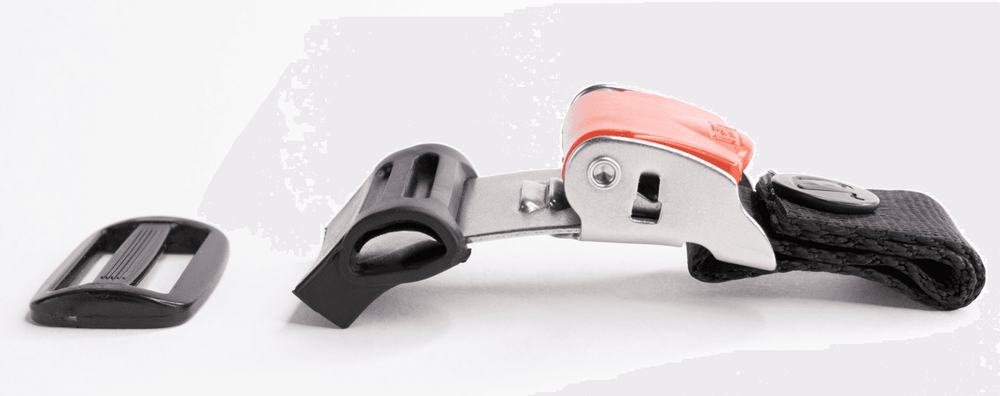
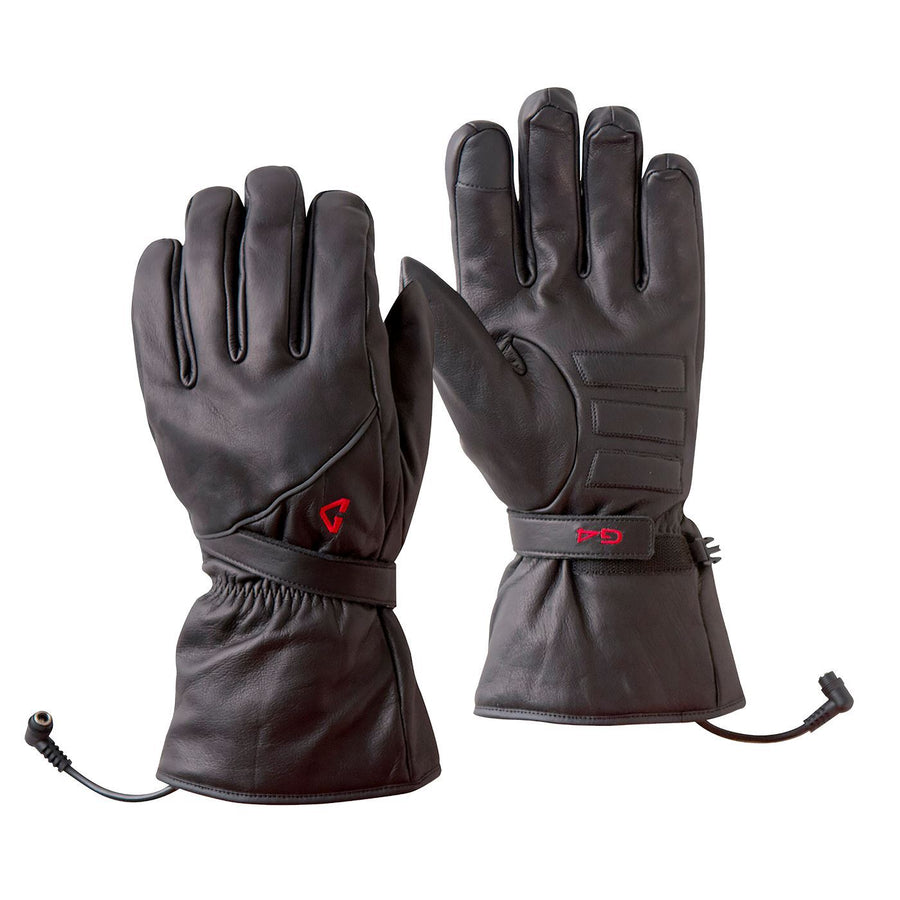

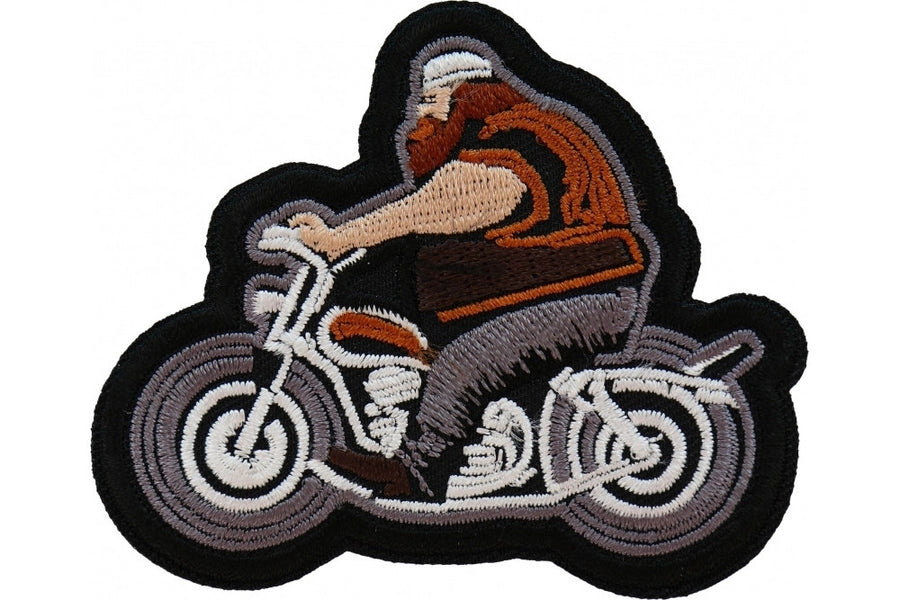

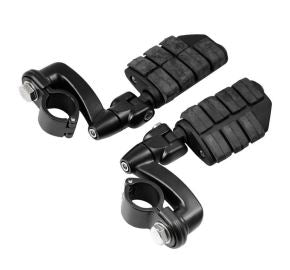

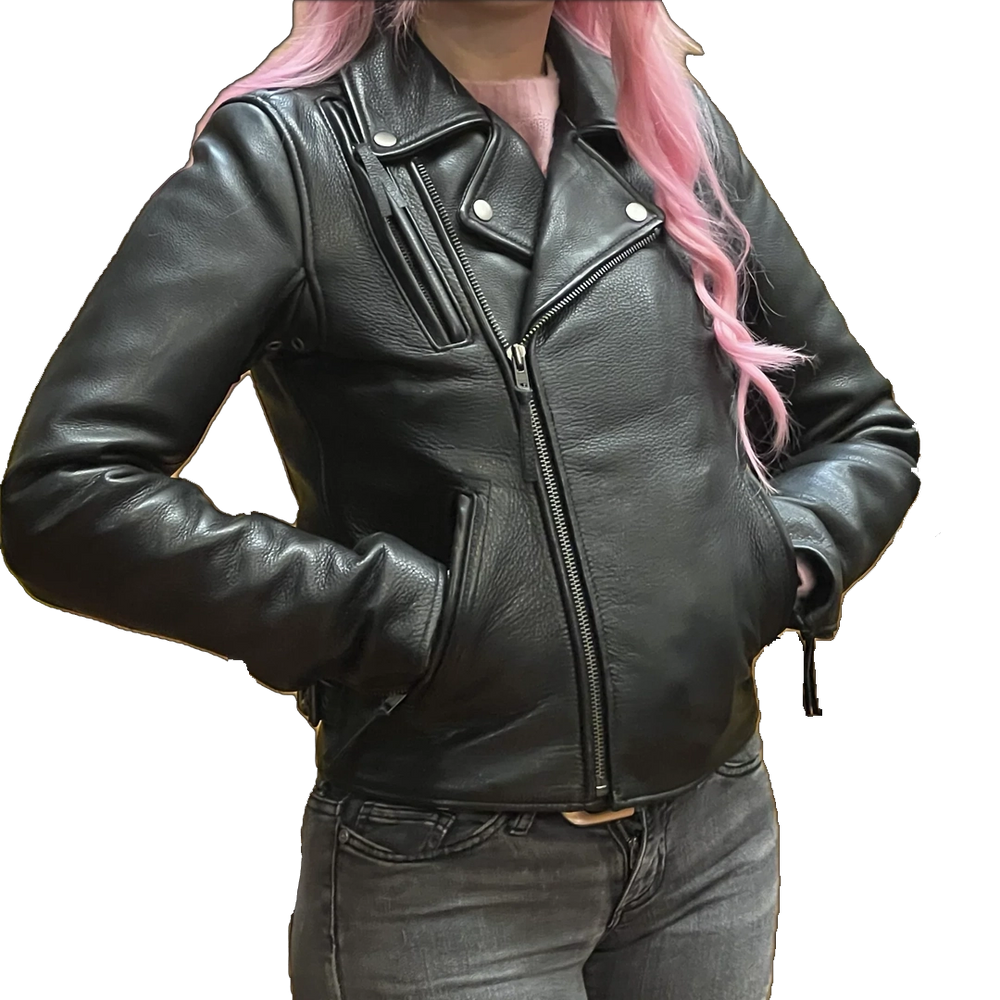
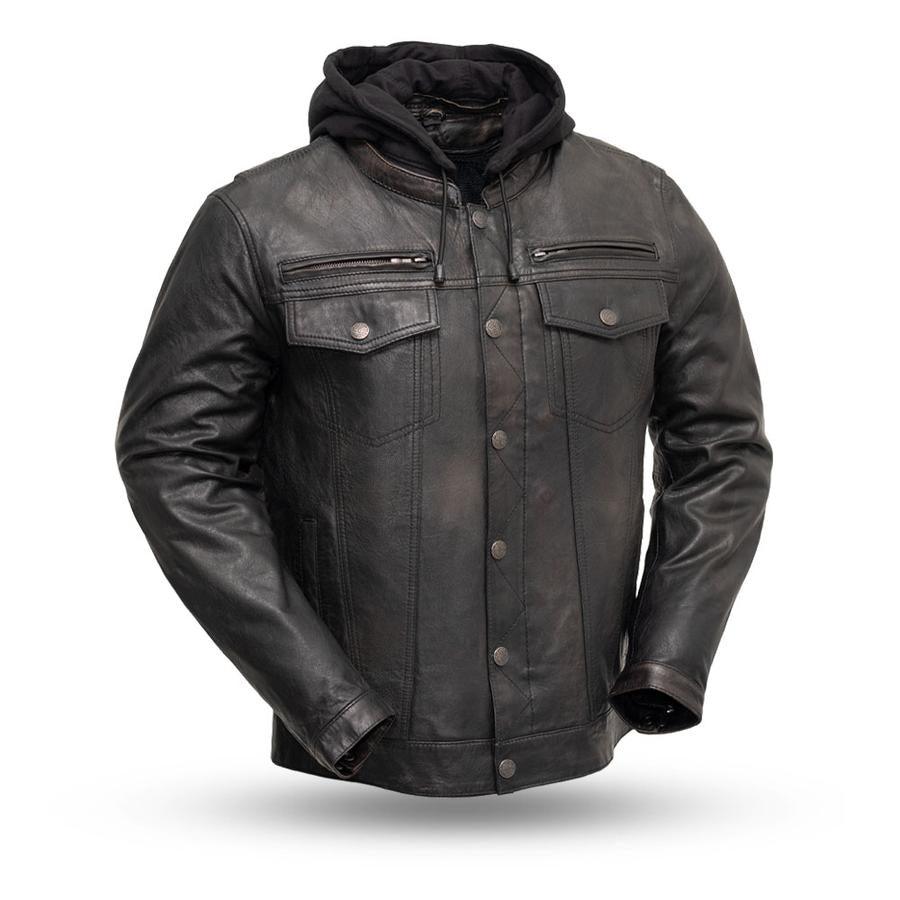
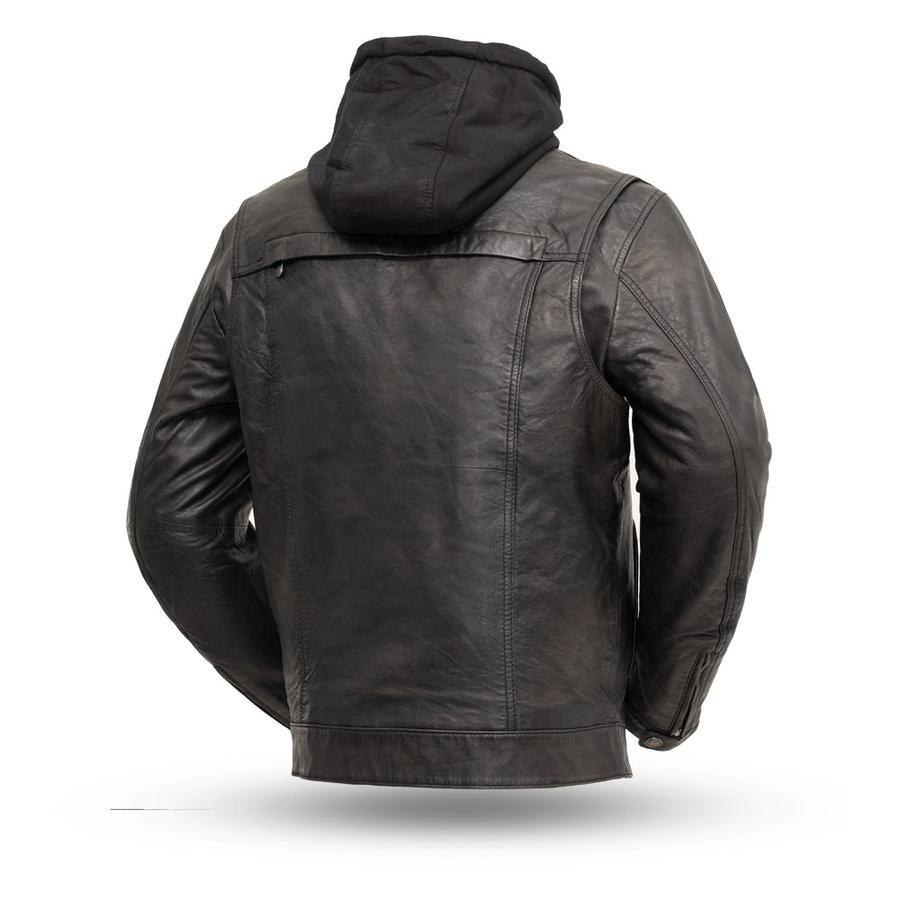
Leave a comment